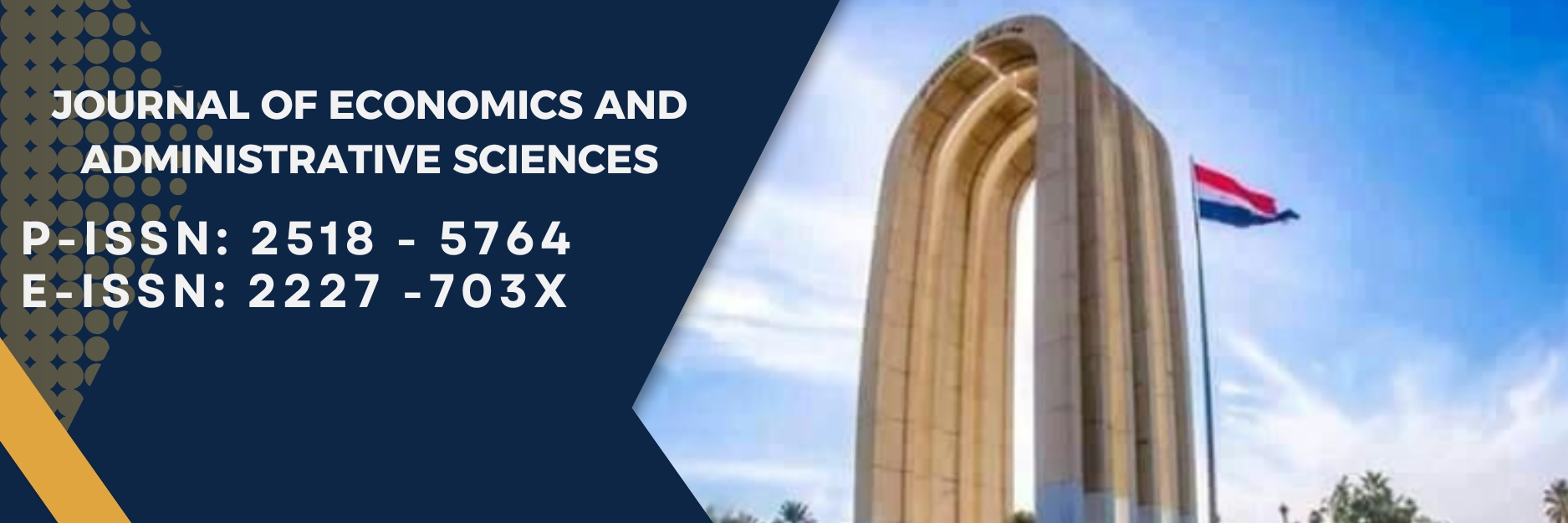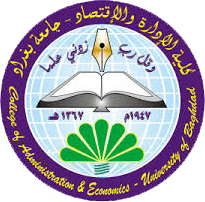Analysis of human development indicators in the context of distributive justice for Iraq for the period 2003-2013
DOI:
https://doi.org/10.33095/jeas.v22i94.413Keywords:
العدالة التوزيعية- التنمية البشرية- دخل الفرد- الفقرAbstract
Abstract
The government spending in Iraq and witnessed the changes and developments, especially after 2003, which outweighed consumer spending at the expense of capital expenditure and increased support and diversity of trends towards improving pension conditions for members of the society by seeking to achieve a fair distribution of income and improve living standards and reduce poverty and unemployment and raise the level of education and the advancement of its reality, did not achieve its objectives in raising the standard of living, and to achieve a high and sophisticated level of the reality of distributive justice in Iraq, saw distributive justice in Iraq, significant developments since 2003, and at all levels and types, but this development many problems, especially the security side and weak institutions have accompanied State and increasing phenomenon of administrative and financial corruption, which reflected negatively in achieving the goals of justice and raise the level of human development. Therefore eliminates the need to re-consider the allocation and raise the levels and restructured in a way that ensures its orientation towards the main goals of achieving a high level of distributive justice processes and this important and active role of the justice distributive to improve the pension conditions according to the indicators have been selected for human development in order to reduce the incidence of poverty and unemployment and improve social services, down to achieve Alrvaheh.vlm not to enter and the ration card and social care as the most important support questions directed towards the poor are highly efficient in achieving their goals, and thus became the improvement of living standards by raising the real level of income per capita, poverty reduction, and reduce poverty and improve the provision of projects and increase support towards the poor and the advancement of social welfare and greater inclusiveness in quantity and quality for disadvantaged groups and to raise living standards and the advancement of its reality the most prominent targets of government spending .
Downloads
Downloads
Published
Issue
Section
License
Articles submitted to the journal should not have been published before in their current or substantially similar form or be under consideration for publication with another journal. Please see JEAS originality guidelines for details. Use this in conjunction with the points below about references, before submission i.e. always attribute clearly using either indented text or quote marks as well as making use of the preferred Harvard style of formatting. Authors submitting articles for publication warrant that the work is not an infringement of any existing copyright and will indemnify the publisher against any breach of such warranty. For ease of dissemination and to ensure proper policing of use, papers and contributions become the legal copyright of the publisher unless otherwise agreed.
The editor may make use of Turtitin software for checking the originality of submissions received.

























